West Kootenay joins conservation program
Local conservation groups are applauding news that the East Kootenay Conservation Program (EKCP) now includes the West Kootenay. This geographic expansion means that the renamed umbrella organization – now the Kootenay Conservation Program (KCP) – will forge new partnerships and help focus activities around private land conservation in both the East and West Kootenay.
“For years now, many groups in the West Kootenay have looked at the conservation achievements of the EKCP and its partners and asked for something similar,” says program manager Dave Hillary. “We’ve expanded our service area to meet this need, and are excited by the opportunities for the new Kootenay Conservation Program to assist local groups in conserving and stewarding important private land in the both east and west.”
Since its beginning in 2002, the EKCP has been working to support the conservation of private lands by building partnerships throughout the East Kootenay, and more recently in the West Kootenay. Within its expanded service area, the organization has facilitated the conservation of over 300,000 hectares of biological diverse and high value land, representing a conservation investment of over $100 million in the region.
“KCP knows the West is different from the East,” says Grant Trower, of Friends of the Lardeau River and also a public representative for the Fish & Wildlife Compensation Program (Columbia) Steering Committee. “The new KCP will be working on local conservation priorities, and supporting groups and agencies already working to sustain naturally functioning ecosystems,” says Grant, adding, “It’s logical for KCP to be working Kootenay-wide to forge regional bonds since people who live here value the fish, wildlife and natural spaces that make this part of BC so special.”
The KCP has hit the ground running. It was one of several partners that recently announced the Nature Conservancy of Canada has purchased 306 acres (124 hectares) in the Creston Valley near Wynndel. This land is home to endangered Northern Leopard frogs, at-risk Western Painted turtles, Townsend’s big-eared bats, and is a wildlife corridor for grizzly bears moving between the Selkirk and Purcell mountain ranges. A portion of the property will remain in agriculture, at the same time as conservation measures are taken to safeguard at-risk plants and animals.
“Conservation of wildlife habitat and agricultural lands depends on a broad range of partners including forestry, farmers, governments, industry and others,” says Hillary. “Our recent success in the Creston Valley is an excellent example of how diverse partners can work together to achieve important ecological, cultural and economic wins, that in the long run sustain the resilience of Kootenay communities.”


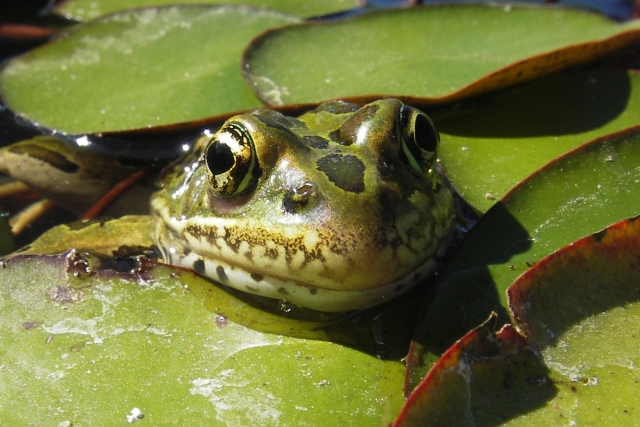



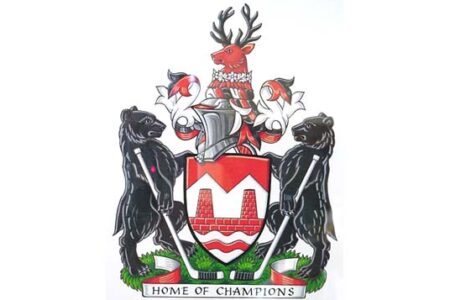
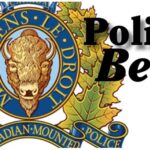
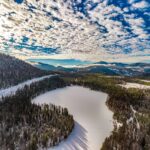










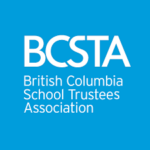
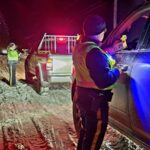


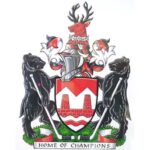



Comments